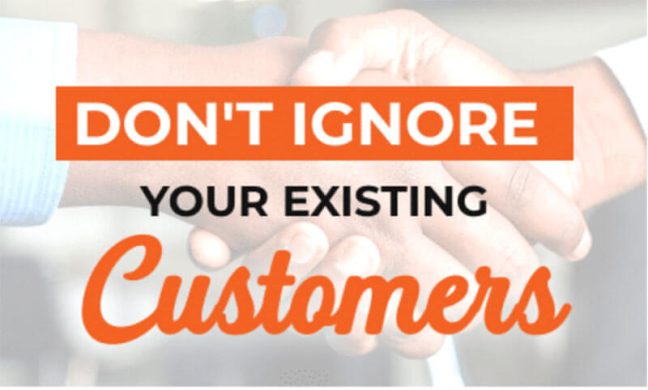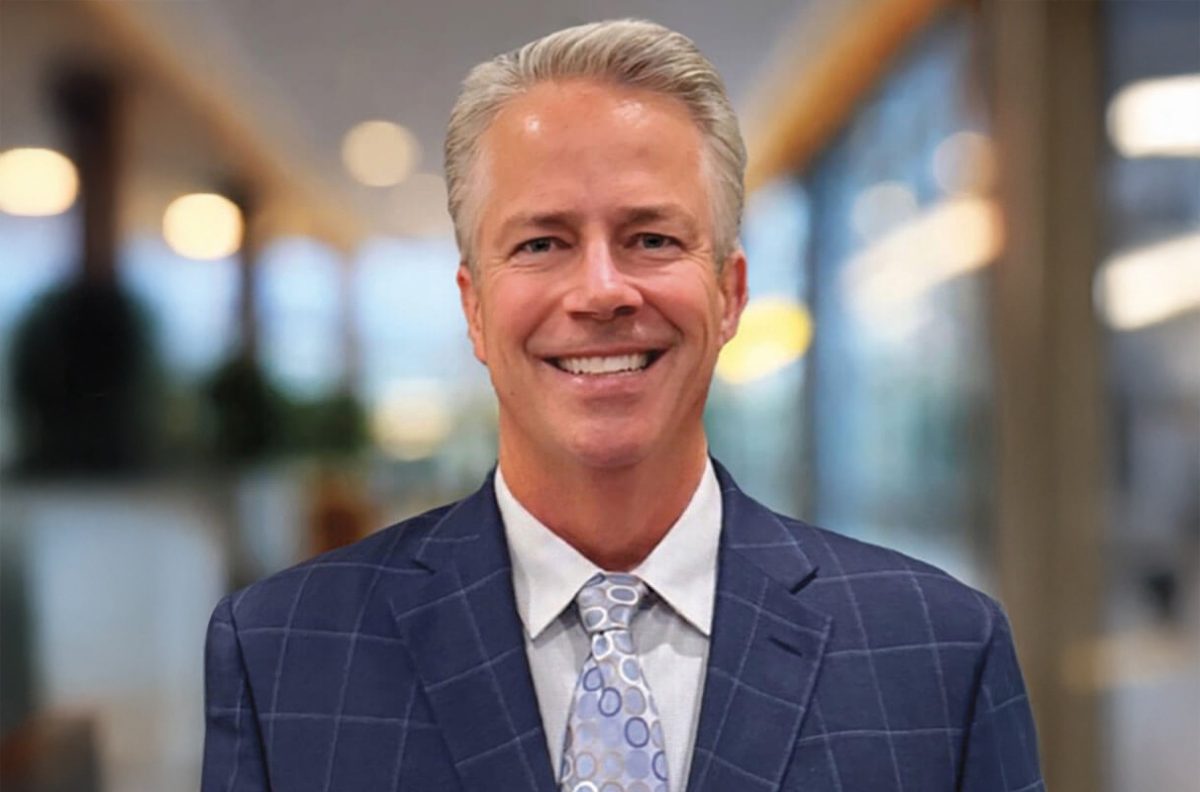Below are two monumental pieces of information for those of us in the grocery business to consider in 2025 and beyond:
- In 2023, the grocery store industry in the United States spent $2.04 billion on advertising, up from $1.94 million a year earlier. That represents an annual increase of about 5 percent.
- Grocery shopping in a physical store is still important, although the popularity of online groceries continues to grow. The primary store shoppers in U.S. households made an average of 1.6 shopping trips per week in 2023.
Since these consumers spend time in grocery store aisles, that creates a potential point-of-sale advertising viewing time. 
When asked about their grocery shopping preferences in an online survey conducted in April 2023, two out of 10 U.S. Gen Z-ers reported thinking that a product’s logo was a major consideration. Among Baby Boomers, just 5 percent felt the same. (Statista.com)
“Advertising is the tax you pay for being unremarkable.” This quote is commonly attributed to Robert Stephens, the founder of Geek Squad. He used it to emphasize the importance of creating products and experiences that are so remarkable they generate word-of-mouth on their own, reducing the need for traditional advertising.
We in the grocery industry spend a tremendous amount of money annually in advertising and marketing, only to have customers come in our stores to be disappointed.
So, what’s the solution? After spending nearly 50 years in the grocery business – I believe it boils down to one simple truth: Take care of the customers we have, and we won’t have to worry about sales comps, hitting margin targets or high advertising expenses.
How many of us know of retail stores or restaurants that have this figured out? I’m always on the hunt for stores that just get it.
These stores see and engage with us when we walk in the door; they listen and truly want to know how they can help – and they love to tell me about the products or delicious food they sell. One thing is for sure: They don’t ignore their customers.
As many readers know, I spent more than 27 years at United Supermarkets in Oklahoma – where the motto was, “Home of the Personal Touch.”
We were trained from the beginning that our customers’ names were the sweetest sound to their ears. And we were challenged to learn and use them with every visit. We also were encouraged to learn their family members’ names and what hobbies they had and to make sure they knew how much we appreciated their business.
We also had a generational mantra – “Do whatever it takes” – to make our customers happy (obviously, within ethical boundaries).
With all the changes over the decades to the grocery business and increasing competition – online and brick-and-mortar stores both sell groceries – how do we compete? We go back to the original formula for success – take care of customers like nobody else does.
I wish I had recorded my experience on a recent shopping trip here in Colorado because it goes perfectly with this leadership lesson.
Pushing my shopping cart (or buggy, as we call it in the South), I entered the store in the produce department.
One of the clerks stocking the salad section had pulled a giant cart in front of me, blocking the way. I then had to back up and go around a large island to get what I wanted. The clerk did not apologize, nor did he offer to move or assist me; he just blocked the way.
When I got over to the service deli department, there was a customer standing at the counter. Trying to get someone to come out and help him, he cupped his hands over his mouth and yelled in the direction of the back room, “Hello, anyone back there?”
My daughter walked down to the end of the counter and saw someone in the back and asked them to come out and assist the customer. What?
And then, going down one of the grocery aisles, I couldn’t find something on my list and asked a clerk where it might be. She said, “Just check the app, it will show what aisle it’s on.”
The final event was the self-checkouts; they were packed and had at least five people in each line. Just two of the 15 cashier checkouts were open – and this was the Saturday before Mother’s Day.
It was a horrible experience, but not the first time I’ve left the store and just wished there were other options within driving distance to our home in the mountains. Because if there were, I’d never go back into this store – never.
As I travel the country these days teaching leadership and business strategies in the grocery channel, my comment (sadly) is that a good shopping experience is when you leave a retail store and aren’t mad. What a travesty.
And, as is my leadership style, I don’t want to present a problem without a solution. It’s like all other life lessons – it must be modeled from the top of the organization as a top priority.
Everyone in a leadership role also must live out this customer service mantra: See me, hear me, help me.
See me
- Look up.
- Acknowledge every customer with eye contact, a warm greeting and a welcoming presence.
- Make every customer feel valued from the moment they walk in and as they shop each department and approach check out.
- Be approachable and ready to assist.
Hear me
- Stop and listen to customers’ needs, concerns and questions.
- Show genuine interest in what they are saying.
- Repeat key points to confirm understanding and demonstrate attentiveness.
Help me
- Provide prompt, thoughtful assistance to every customer and take them to the product they are looking for – don’t point to where it might be.
- Go beyond expectations to solve problems and enhance the experience by sharing product details or encouraging additional items to accompany them.
- Don’t know the answer? Find someone else on the team who does.
- Follow up when necessary to ensure satisfaction.
By living this mantra, we create a service culture where every customer feels seen, heard and helped. When we do this, we get customers for life – not to mention free marketing when they share their experiences with friends and family.
Another visual of how this works is one of my leadership lessons called, “Are the lights on?” 
When a customer enters a department with no engagement with the clerks, the lights are off. The moment someone engages with them, the lights suddenly come on in the department and the customer can “see” more and may “buy” more. It is evident in the photos how much more inviting a department looks with the lights on.
I believe that this next decade will shake out a lot of retailers that just don’t get it, which means some winners will emerge. Take this lesson to heart and be one of the winners over these next few years.
One thing about this world we live in – people will always have to eat. And they want to spend their hard-earned money in an operation that values them and what they need.
After teaching this lesson at one of my previous companies, I always loved going on store tours and having people flag me down and say, “Our lights are on here in my department.”
Here is my compelling math on the Customer LifeTime Value (CLTV) to build a business case to help us teach our teams the “why” behind and “reason” we don’t ignore our customers, and this math is just one customer value over a lifetime.

Let’s all rise up and take care of our customers!
Steve Black is CEO and founder of abrighterday.life, a business and leadership coaching organization devoted to helping people and companies with personal growth and implementing simple leadership principles. A 47-year-veteran of the retail grocery arena, Black is the author of “The 5 Rules” and offers an online Masterclass.

